The Northamptonshire castle where a famous English king was born
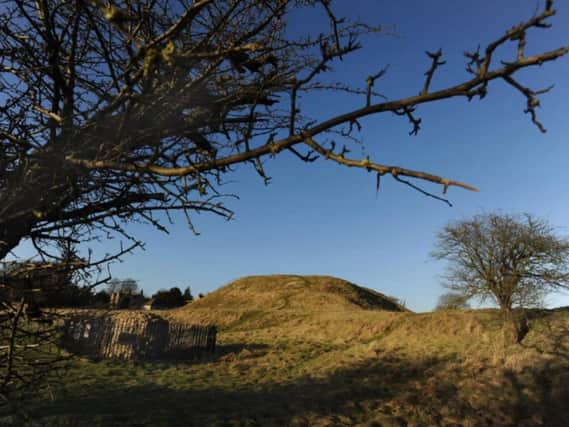

Did you know one of England's most famous kings was born in Northamptonshire?
Richard III's local connection to Leicester is well known after his remains were discovered below a car park in 2012, but did you know he was born in East Northamptonshire on October 2, 1452, 568 years ago.
Advertisement
Hide AdAdvertisement
Hide AdRichard III reigned as King of England for two years (1483-85) during the War of the Roses before he was killed at the Battle of Bosworth Field and Henry VII became king, marking the start of the Tudor era.
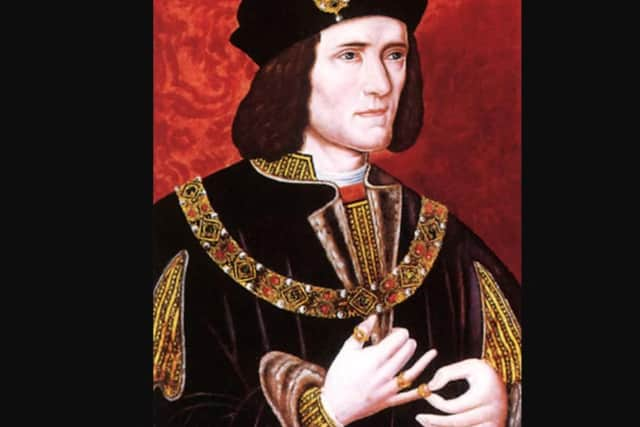

But not many people know Richard was from Northamptonshire. Phil Stone, member of The Richard III Society, said: "Richard was born in Fotheringhay Castle and it is said he was baptised in the church.
"The church is just a few hundred yards from the castle, but Richard was born in October when it is cold and wet, so I imagine he was probably baptised in the castle chapel.
"We don't know how much of his early life was spent there, at the age of seven he was certainly out at Ludlow with his mother. At the time, Cecily (his mother), George (his brother) and Richard were taken prisoner by the Lancasters.
Advertisement
Hide AdAdvertisement
Hide Ad"But he almost certainly spent five or six years at Fotheringhay."
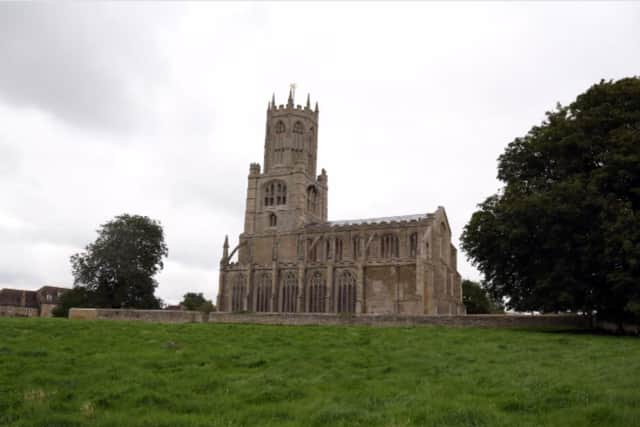

Fotheringhay was one of three castles that belonged to the House of York. Richard III was the youngest surviving son of Richard, Duke of York, who felt he had a claim to the throne as the House was a branch of the English Royal House of Plantagenet.
The York's claim to the throne sparked the War of the Roses, a series of civil wars between the House of York and the House of Lancaster.
In 1460, when Richard III would have been just eight-years-old, Richard, Duke of York, was killed in one of these wars. He died in the Battle of Wakefield along with his son Edmund and Richard's last recorded visit to Fotheringhay was after this battle.
Advertisement
Hide AdAdvertisement
Hide AdMr Stone said: "He was at Fotheringhay in 1476 because he led the cortege that brought the remains of his father and brother from Wakefield."
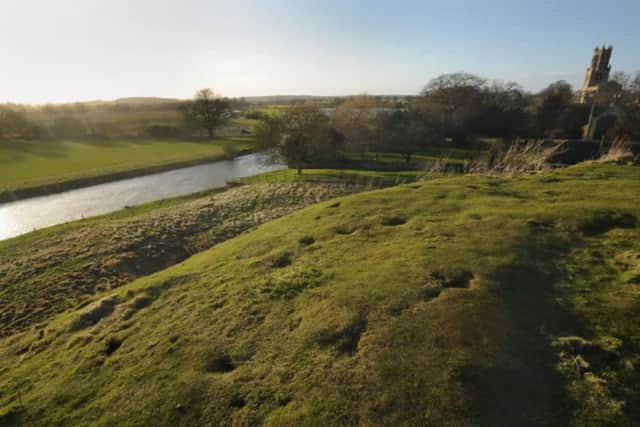

His older brother Edward, who was Richard, Duke of York's heir and the new claimant to the throne, wanted their remains to be buried in the family's mausoleum at Fotheringhay.
Mr Stone said: "We know Richard III was there, certainly. They had a great ceremony with all the trimmings.
"There was an enormous number of candles and a silver gilded angel over Richard of York's coffin bearing the crown saying Richard had been king by right.
Advertisement
Hide AdAdvertisement
Hide Ad"There's no significant evidence that he ever visited Fotheringhay as king. It's not impossible, he may well have popped in on occasion."
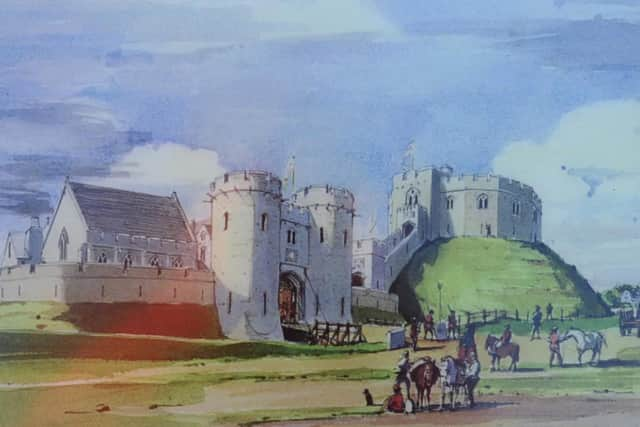

Richard became king in 1483. His older brother Edward IV died and the crown passed to his 12-year-old son, Edward V, and Richard was named Lord Protector.
Edward V and his siblings were declared illegitimate in the summer because they were the children of Edward IV's second wife. Shortly after, Richard III was declared king and crowned on July 6.
Edward V and his brother, also called Richard, commonly referred to as the two princes, were last seen in the summer of 1483 at the Tower of London and Richard III has become infamous because a Shakespeare play suggested he had killed them.
Advertisement
Hide AdAdvertisement
Hide AdThe Richard III Society is dedicated to uncovering evidence to more fairly assess Richard III's legacy and Mr Stone said: "There's no great evidence that Richard killed the boys. We know they were no longer seen but that doesn't mean they were dead. Were they farmed off to some other family? Were they living under assumed names?
"For Richard to have killed them doesn't make sense. He had them declared bastards because of his brother's bigamous marriage and technically he was next in line to the throne, but that didn't stop uprisings in Edward V's name.
"If Richard had killed them, they should have been displayed to tell everybody there was no point in a rebellion. He could have lied and said they died of fever, but he never did that."
The Richard III Society funds research into the king and hopes to give Richard a fairer historical assessment after plays by Shakespeare turned him into a notorious evil king.
Advertisement
Hide AdAdvertisement
Hide AdFor more information, you can visit the society's website here.
Message from the editor:
Thank you for reading this story on our website. While I have your attention, I also have an important request to make of you.
In order for us to continue to provide trusted local news on this free-to-read site, I am asking you to also please purchase a copy of our newspaper.
Our journalists are highly trained and our content is independently regulated by IPSO to some of the highest standards in the world. The dramatic events of 2020 are having a major impact on many of our local valued advertisers and consequently the advertising that we receive. We are now more reliant than ever on you helping us to provide you with news by buying a copy of our newspaper.
Thank you